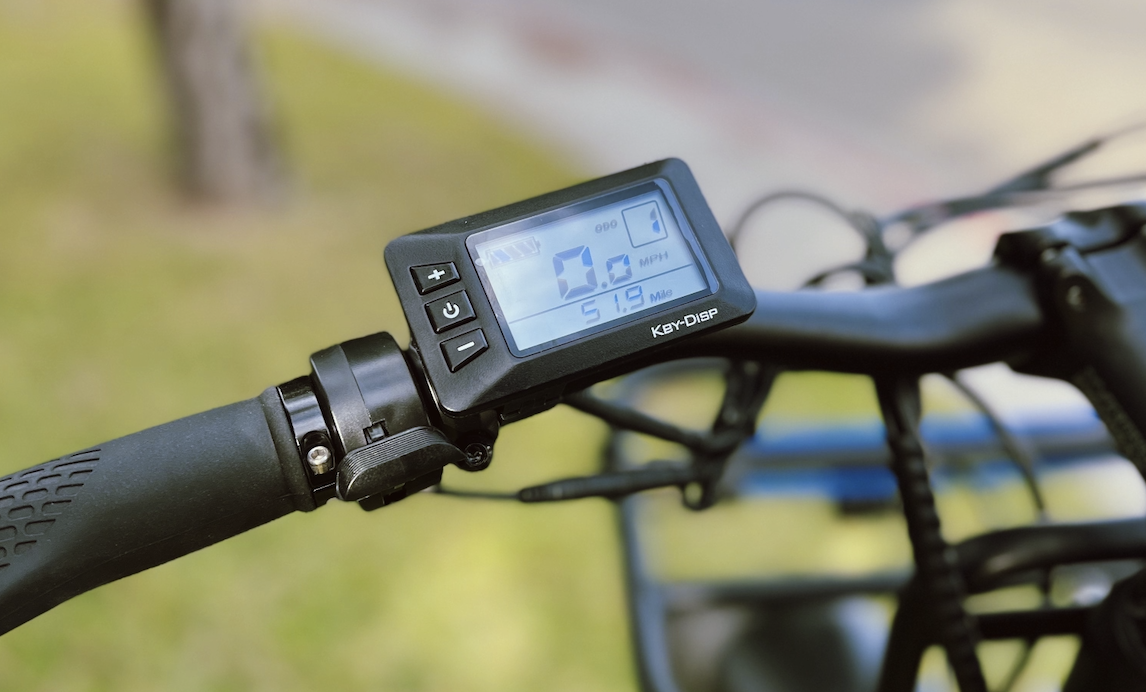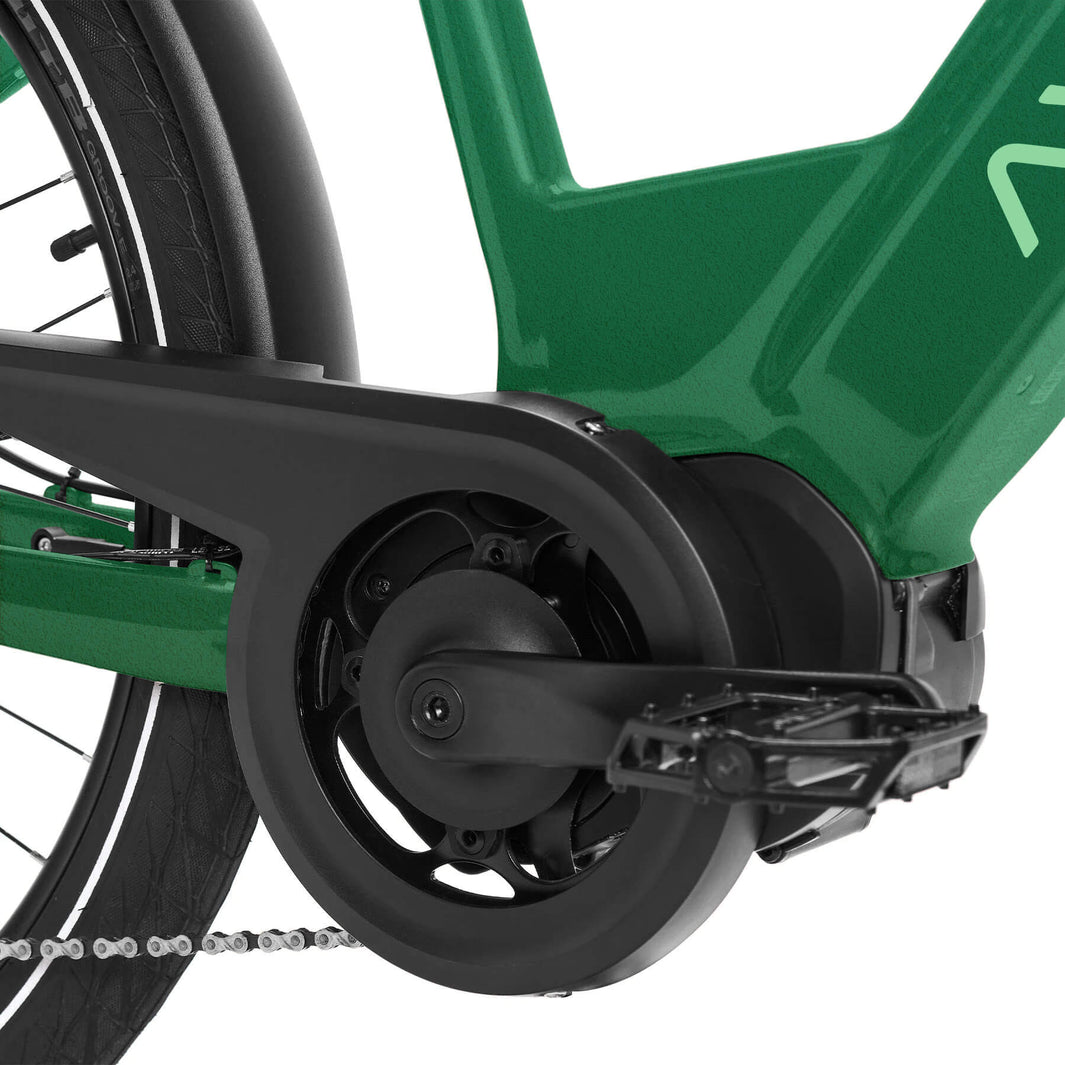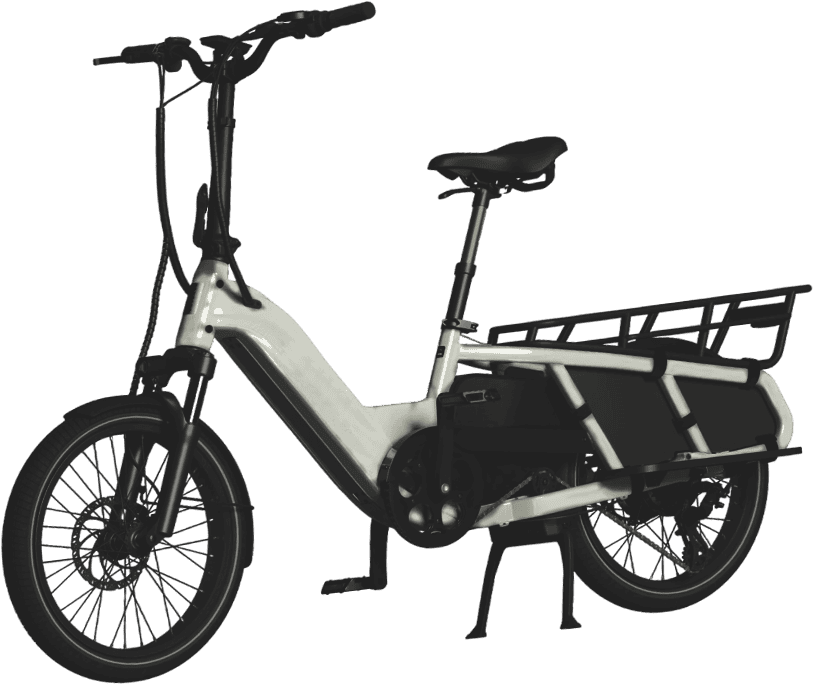The Empire State is known not only for its powerful energy but also for its congested roads and crowded streets full of commuters chasing their daily errands. Hence, many of those living in the fourth-most populous US state find electric bicycles to be the fastest and most convenient way to get around. As the popularity of e-bikes increases, state laws react accordingly to prevent accidents and promote a safe riding experience for everyone. Here’s everything you should know about New York electric bike laws and regulations to avoid fines and stay safe on the road.
Overview of Electric Bike Laws in New York State
The New York State Vehicle and Traffic Law §102-c defines electric bicycles as bikes that have operable pedals and a maximum motor power of 750 watts, meet the manufacturing and equipment requirements for bikes introduced by the Consumer Product Safety Commission, and do not exceed 36 inches in width.
E-bicycles are not subject to licensing and registration requirements in NY state, and you do not need to insure your two-wheeler either. However, the New York electric bike law divides them into three classes based on their specifications. The law also determines where you can ride your 2 wheeled bike, how old you must be, and what safety requirements you must follow. Furthermore, local cities and towns may introduce additional e-bicycle laws you should be aware of.
Classifications of Electric Bikes
According to the electric bike New York laws, an e-bicycle belongs to Class 1, Class 2, or Class 3 depending on its operational mode and speed:
- Class 1: Pedal-assist bikes equipped with a motor that assists riding only when you are pedaling. Maximum speed: 20 mph.
- Class 2: Bicycles with a motor activated only using a throttle. Assistance stops when speed reaches 20 mph.
- Class 3: Allowed only in cities with a population over 1 million. Motor activated by pedaling, maximum speed: 25 mph.
Where You Can Ride Electric Bikes
According to Vehicle and Traffic NY Electric Bike Law §1242, e-bicycles are prohibited from accessing sidewalks unless local authorities state otherwise. Class 1 and Class 2 bikes follow the same road rules as regular bicycles, while Class 3 cycles may face additional restrictions. You can ride e-bikes in:
- Highways with a speed limit of 30 mph or less
- Bike lanes
- Bike paths (unless pedestrian-only)
- Parks and recreational trails (subject to local restrictions)
- Private property and designated off-road areas
Helmet and Safety Regulations
As stated by §1238 Vehicle and Traffic Law:
- Class 3 riders must wear a helmet at all times.
- Riders under 18 must wear a helmet if using Class 1 or Class 2 bikes.
- Recommended for all riders for safety.
Additionally, e-bikes must have:
- Well-functioning brakes
- Front and rear lights and reflectors for low visibility or night riding
- Bike bell audible from 100 feet
Age Requirements for Riding Electric Bikes
- Minimum riding age: 16
- No passengers under 1 year old allowed
- Children 1–5 years old must wear a helmet and ride in a separate seat
- Check bike’s cargo capacity when carrying passengers or goods
Local Variations in New York State Electric Bike Laws
Local authorities may impose more specific rules. For example:
- Class 3 e-bikes currently allowed only in NYC
- E-scooters in NYC limited to 15 mph
- Possible restrictions in:
- State parks and nature preserves
- Beachfronts or boardwalks
- College campuses
- Business parks
- Private communities
- Shared-use paths
Consequences of Violating Electric Bike Laws
Common violations and penalties include fines for:
- Riding Class 3 bikes outside NYC
- Riding on sidewalks
- Exceeding 20 mph (Class 1 and 2) or 25 mph (Class 3)
- Riding without a helmet when required
- Using unauthorized or modified e-bikes over 750W motor power
Conclusion
E-bicycles are a great way to get around in the Empire State, but following the New York state laws is essential for safety. The most serious consequence of breaking the law isn’t the fine — it’s the risk of accidents. Always ride carefully, respect local regulations, and wear a helmet for added protection.



